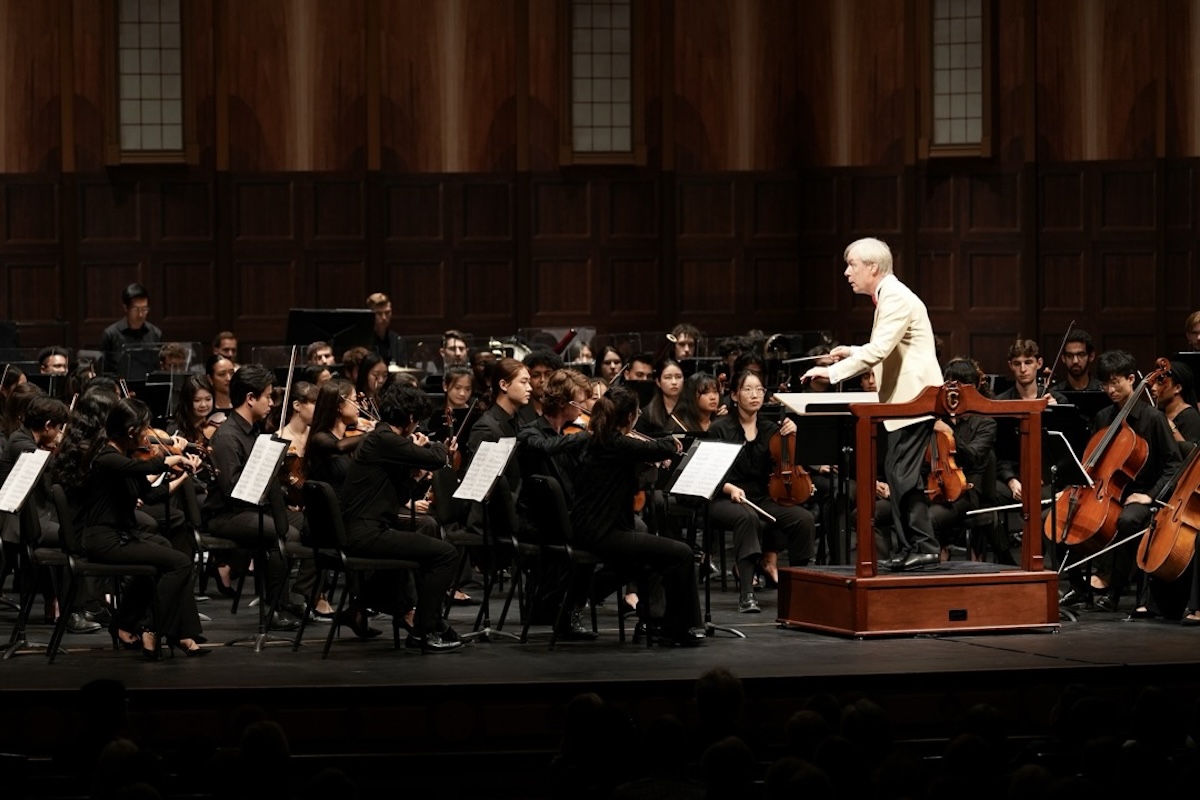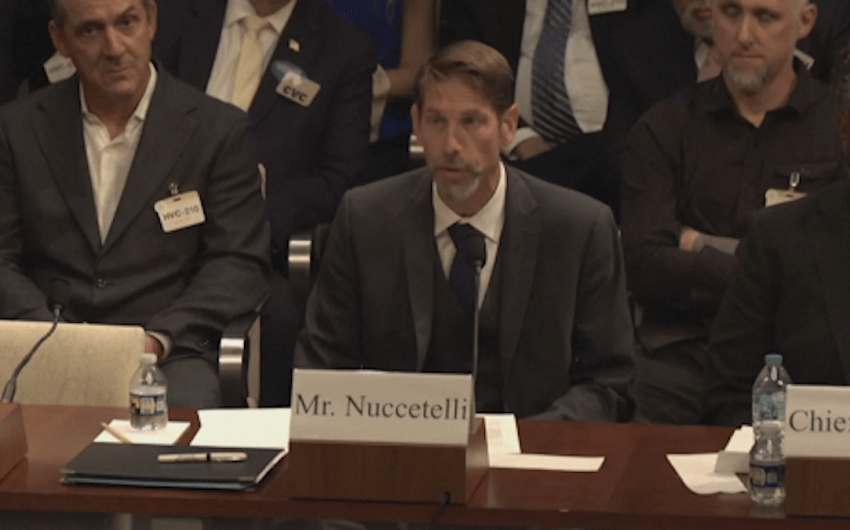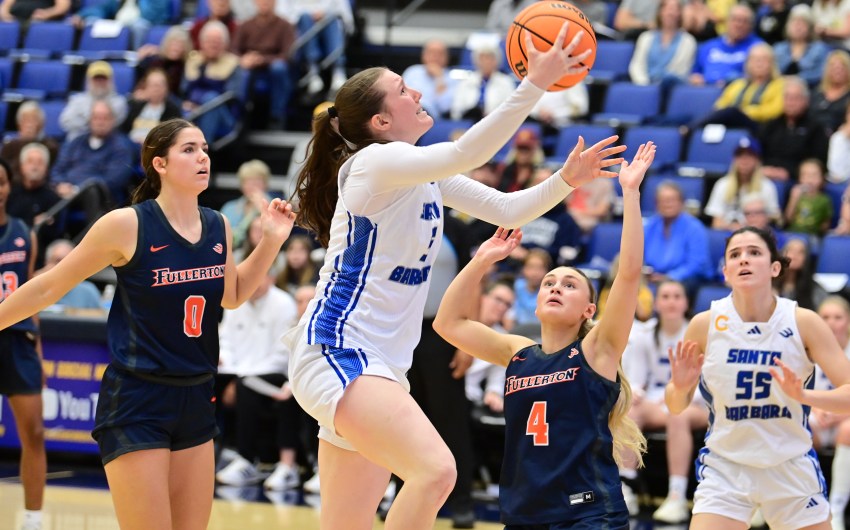In what may have been the mid-summer night’s symphonic high point of the year, last Saturday night at The Granada Theatre, the Academy Festival Orchestra (AFO) was joined by no less august company than violin virtuoso Leila Josefowicz, conductor David Robertson, and a score by great American composer John Adams. In fact, at the end of a captivating reading of Adams’ wowing Violin Concerto, Josefowicz capped off a series of ovations by holding up said score with an admiring smile.
Credit was clearly due to the verdant landscape of inspired notes on paper, along with the live interpreters in the house.
This thrilling evening featured the penultimate concert in the annual series of Saturday night orchestral outings presented by the Music Academy of the West (MAW), which closes this Saturday, August 3 with Mahler’s epic Symphony No. 6 “Tragic,” with Finnish Hannu Lintu on the podium. As happens virtually every summer, this temporary orchestra of young, freshly scrubbed, and formidably talented Academy fellows conjures an uncommonly refined and energized orchestral sound.
It helps, of course, that the Music Academy ushers in world-class conductors to lead and mentor its young charges. In the case of the bracingly fine Adams Concerto, the AFO performance featured the same dynamic duo of Josefowicz and Robertson responsible for a consummate 2018 recording of the work, with Robertson’s longtime home-base orchestra, the St. Louis Symphony.
As an ideal complement to the Adams centerpiece, the post-intermission adventure came courtesy of a finely tooled and hearty take on Prokofiev’s exciting, rustic, and Russian Symphony No. 5 (circa the fragile historical moment of 1944 and the composer’s return to the USSR). Strong as it was, the night’s primary point of focus was clearly Adams’ score and his inspired musical messengers at the Granada.

In a duly noted MAW connection with the piece, it exists thanks to the urging of the late violinist Jorja Fleezanis, who taught at the Academy from 2013 to 2022, the year of her death. Impressed with Adams’ orchestra writing in the mid ‘80s, she reached out to the composer to create a Violin Concerto, which he finally did, premiered in 1994 by Fleezanis with the Minnesota Orchestra.
Adams’ 1993 masterwork blends his unique ideas about orchestra writing with minimalist urgings in the margins, exploring possible dialoguing links between a challenged violinist and the orchestra. The conversation begins coyly in the deceptively cool opening movement, titled “quarter-note = 78,” with violin lines floating atop the orchestra’s restlessly looping parts. The music builds and surges, breathes and barrels forward by turns, titling downward in mood and motion for the sweetly aching second movement, “Chaconne: Body Through Which the Dream Flows.”
Defying Adams’ supposed allegiance to the pulse of minimalism as a presiding force in his music, the music slithers deftly in and out of tonalities and rhythmic grids without losing a sense of a homing instinct to some elusive yet felt foundation. After its more atmospherically and emotively ambiguous — existentially questioning, even — opening movements, the gloves come off for the thrilling blast of minimalist energy of the final “Toccare.” The movement is a fierce and festive rush of tautly integrated lines and 16th-noted ecstasy and musical machining. Minimalism, where is thy tedium?
Adams’ concerto, beautifully and rigorously realized by Josefowicz and all onstage, succeeds on that basic measure of conveying what it’s like to be alive in the modern moment — and with an emotional relevance still fully intact 30 years beyond its birth.
In short, the Granada was a shining palace of musical might for an evening. Once again, we could bask in gratitude for the worldly musical content ushered into Santa Barbara summers thanks to the Music Academy.











You must be logged in to post a comment.